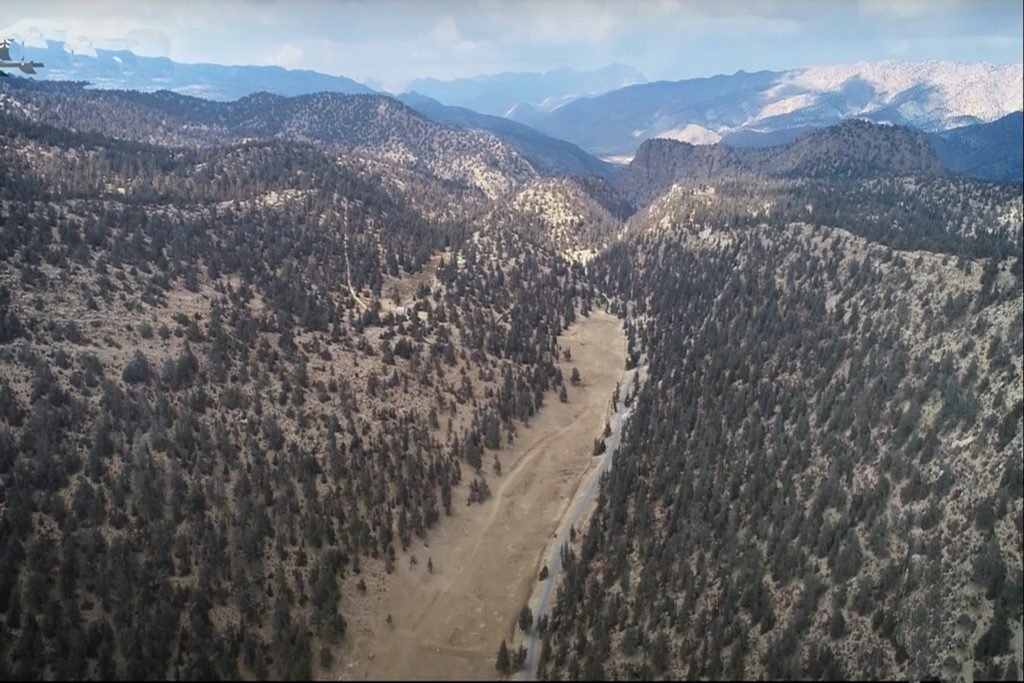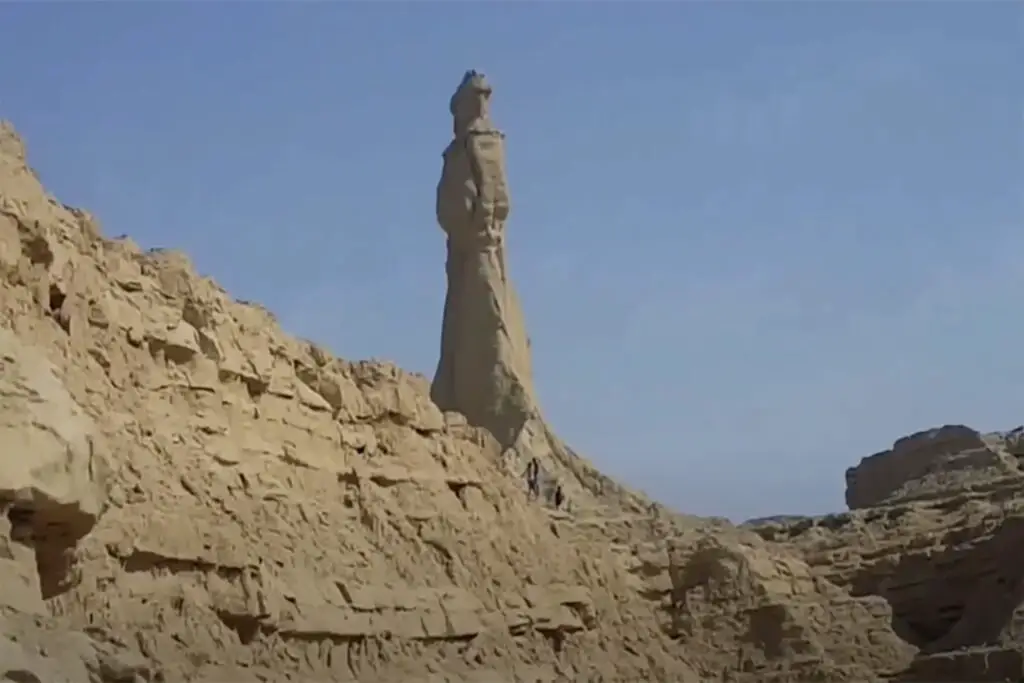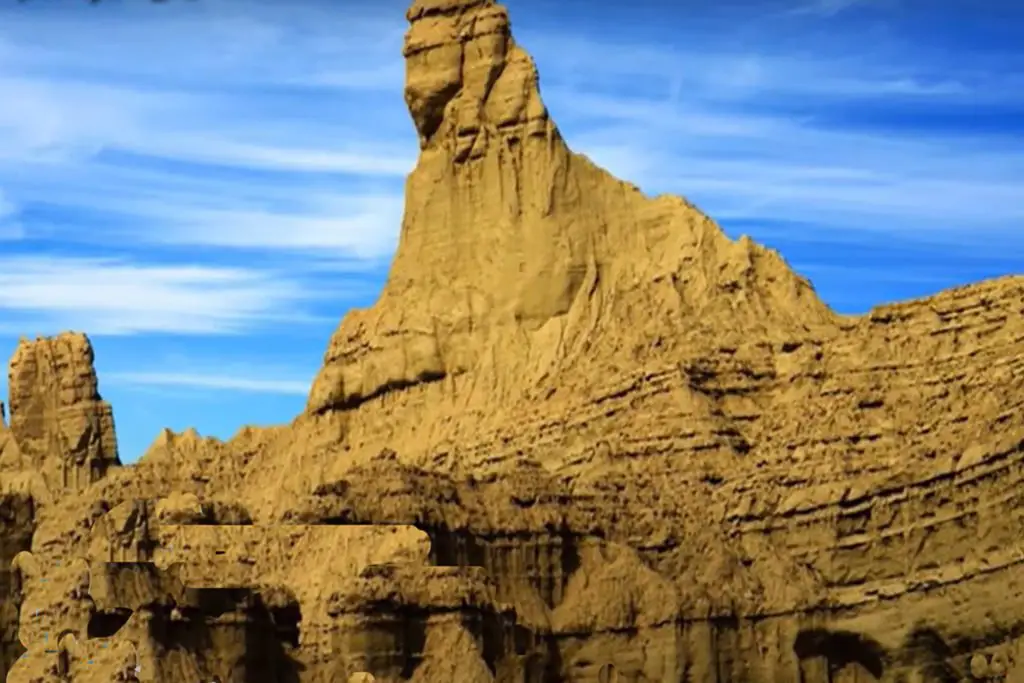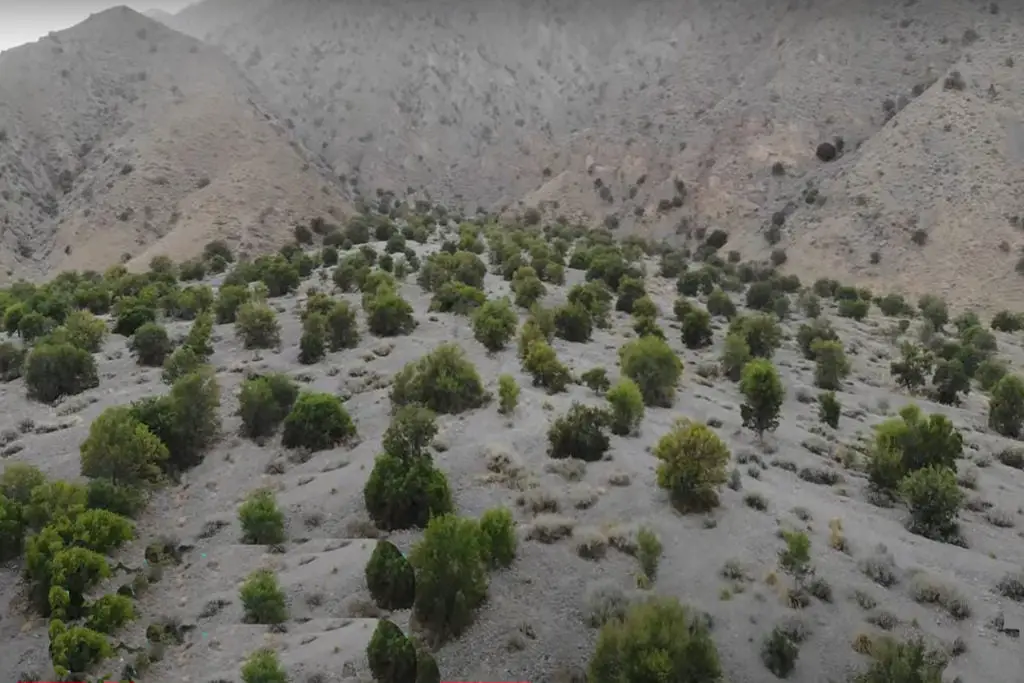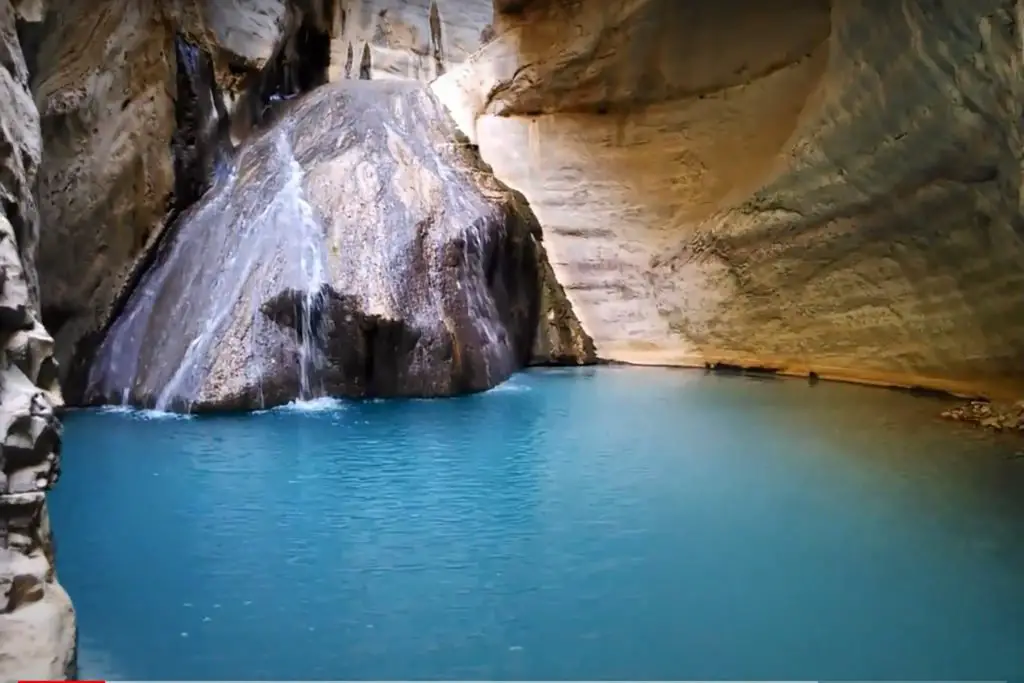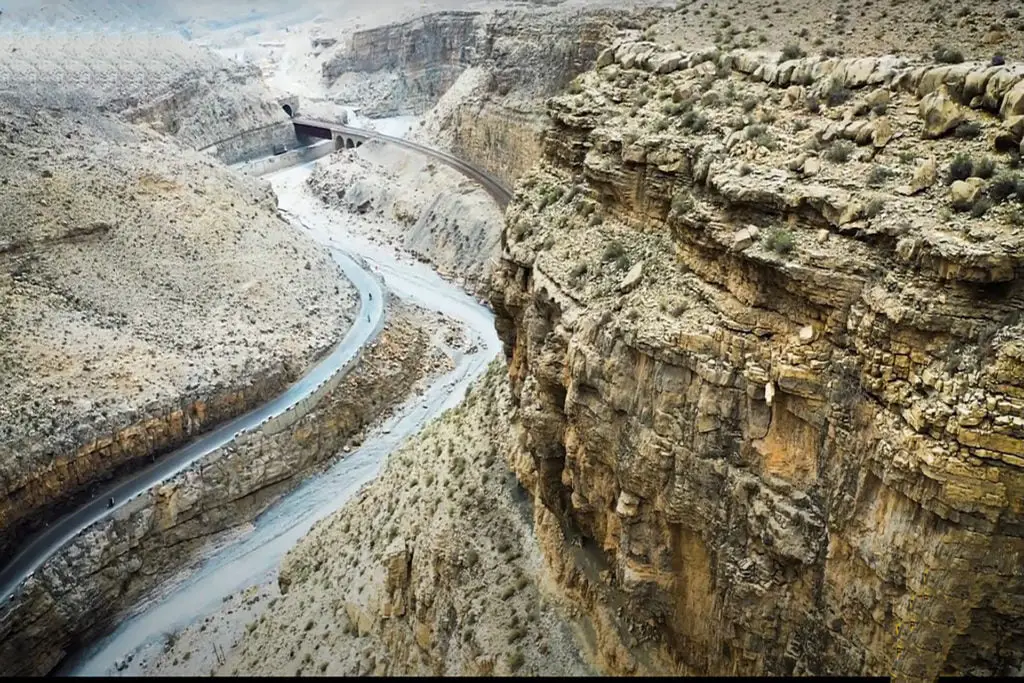Juniper forest in Ziarat Pakistan is a popular tourist spot in Ziarat Valley Balochistan. Juniper Forest gained its reputation as a spa resort after the founder of Pakistan, Mohammad Ali Jinnah, stayed there in the summer of 1948, during the last days of his life.
Ziarat Juniper Forest Location
Juniper Forest in Ziarat Pakistan is located around 120 km (75 mi) east of the provincial capital of Balochistan i.e. Quetta.
Ziarat Juniper Forest is a juniper forest in Ziarat, Balochistan, Pakistan.
Age of Trees in Juniper Forest
Juniper forest occurs between 2,000 and 3,000 meters above sea level along ridge tops and on moderate to steep slopes (18º to 30º). They grow mostly in dense, open, and clean stands without stratification. The age of the oldest trees is 5000 to 7000 years, for which they are called living fossils.
Total Area of Juniper Forest in Ziarat Pakistan
The Ziarat area is home to the largest area of juniper forest (Juniperus Excelsa Polycarpus) in Pakistan with an area of about 110,000 ha and is considered to be the second largest of its kind in the world. Juniper trees in Ziarat, Pakistan are among the oldest living trees in the world.
Oldest Forest in Pakistan
The Juniper forests of Ziarat in Pakistan’s Balochistan province are some of the largest – and oldest – in the world. According to a report submitted to UNESCO in April 2016 by Pakistan’s Directorate General of Archaeology, the Ziarat forests cover nearly 110,000 hectares.
Largest Juniper Forest in the World
Arguably the top-ranking contender for the title of Earth’s most renowned forest is none other than the vast South American Amazon. This jungle, encompassing a staggering 5,500,000 square kilometers, not only boasts the largest expanse but also shelters a diverse array of life, including a tenth of Earth’s known species.
On the other hand, nestled in the Ziarat region lies the world’s second-largest juniper forest, predominantly hosting Juniperus excelsa polycarpus, spanning an impressive 110,000 hectares. The junipers inhabiting Ziarat are among the most ancient trees globally, and although no comprehensive dendrological examination has transpired, estimates indicate that many mature trees could be thousands of years old.
Local inhabitants affectionately dub these venerable trees as “living fossils.” Their exceptional longevity affords a unique window into the area’s historical climate patterns, rendering this species invaluable for climate change and ecological research endeavors.
Ziarat Juniper Forest Eco System
This forest graces a mountainous expanse with elevations spanning from 1,181 to 3,488 meters above sea level, boasting a remarkable diversity of species. Nestled within the Ziarat juniper forest ecosystem, one finds a remarkable confluence of five distinct vegetation zones. This unique amalgamation of plant species from five different vegetation types sets it apart as a globally distinctive location in terms of botanical composition.
The Ziarat Forest Ecosystem’s vegetation includes species hailing from the Western Irano-Turanian Subregion, Eastern Irano-Turanian Subregion, Sino-Japanese Region, Indian Region, and Saharo Sindian Region. This mountain range, encompassing the Khalifat Mountain, serves as a vital refuge for endangered species.
Within its midst dwell various rare creatures. Recorded mammals include endangered species such as the Baluchistan black bear, a subspecies of the Asiatic black bear (Ursus thibetanus), and the Sulaiman Markhor (Capra falconeri Jerdoni). The avian population also contributes to the forest’s biological richness, featuring species like the Chukar, milk thrush, dark-throated thrush, laughing thrush with stripes, Simla black tit, and white-tailed creeper.
In addition to the diverse fauna, the forest embraces a rich assortment of plant species, including Wild Ash, Wild Pistachio, Wild Almond, Makhi, Surai, and Zralg. Notably, the juniper trees, with their branches and fruits (Juniperus excelsa polycarpus), possess essential oils that carry valuable antioxidant properties, making them a significant medicinal resource since ancient times.
Furthermore, the Ziarat Forest is a repository of plant species of profound medicinal significance. Over half of the 54 cataloged species are known for their medicinal or ethnobotanical value and are employed by local communities for indigenous remedies targeting various ailments.
Juniper Forest on UNESCO List
In recognition of its significance, the Ziarat Juniper Forest attained the distinguished status of a biosphere reserve in 2013. As a model region, it stands as a beacon for research and a living example of successful approaches to conservation and sustainable development. This designation adheres to UNESCO‘s specifications, categorizing the reserve into a core area, a buffer zone, and a transition area, each delineated based on the degree of human impact. Furthermore, it operates under a meticulous biosphere management system.
Despite the forest’s remarkable attributes, subpopulations of Juniperus excelsa polycarpus are facing considerable pressure, with juniper forests experiencing decline in numerous regions, as per the IUCN Red List. While there may be instances of junipers thriving and expanding in select areas, the overarching trend appears to be one of diminishing juniper forests.
These forests carry immense potential in the critical task of carbon storage within their biomass and soil, hinting at a pivotal role in future carbon sequestration efforts.
The rapid changes witnessed over the past decade have indeed ushered in unprecedented comforts for humanity. However, these swift transformations have come at a steep price. A striking illustration is the burgeoning furniture industry, which has flourished at the expense of extensive deforestation.
Among the impacted forests, the ancient Juniper forests take center stage as one of the world’s most venerable woodland ecosystems. Widely dispersed at high altitudes, typically above 2000 meters, these Juniperus habitats are particularly abundant in the Ziarat region of Balochistan, Pakistan, where they have thrived for approximately 5000 years.
Regrettably, the escalating menace of deforestation and forest degradation threatens these ancient sentinels. They are felled for a variety of purposes, including household fuel, agricultural expansion, construction, medicinal uses, and the production of furniture. This dire situation highlights the urgent need for concerted conservation efforts to safeguard these irreplaceable natural treasures.

